
Mariza Those who loved Marisa's first album will probably feel very much the same way about Fado Curvo. However, just like Fado Em Mim, this album takes a while to reveal its subtle charms. 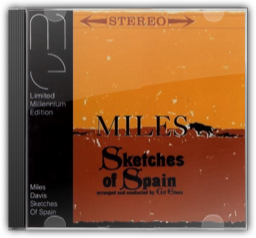
Miles Davis Miles Davis's impact on jazz is almost incalculable. From his early days as a sideman for Charlie Parker, through his groundbreaking Birth of the Cool sessions, to his stunning small groups of the 1950s and 1960s, through to his electric renaissance, the trumpeter, bandleader and composer has left a deep mark on all who came after. He is one of jazz's true giants. Sketches of Spain, though one of Davis's most commercially successful sessions, is also one of his most controversial. Re-teaming with arranger and composer Gil Evans, who played such a pivotal role in Davis's 1949 Birth of the Cool recordings, Davis recorded a series of large group albums beginning in the late 1950s, including Porgy and Bess, Miles Ahead, and Quiet Nights. Sketches of Spain, with its emphasis on flamenco, rich orchestrations and relaxed tempos is certainly one of Davis's most mellow recordings (he even works out on fluegelhorn), and proved to have broad appeal. To some critics, however, the project was "elevated elevator music". — Fred Goodman 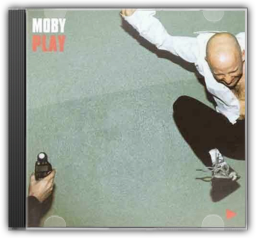
Moby The great iconoclast of techno returns with a smooth, sacred and exhilarating record. Play's concoction of breakbeat rhythms, ambient mixology and inspired blues and gospel samples cry out across musical genres and histories, imparting a time-tested wisdom to beat-driven ears. Moby's devout faith—in both God and his own musical whims—give this approach a sort of legitimacy that another, less sincere artist would never have. That sincerity reverberates through the beats and instrumental eclecticism like a pulse. The soulful refrains and proclamations in "Find My Baby" and "Natural Blues" somehow nestle between straight-up dance-floor rave-ups ("Bodyrock") and melt-in-your-mouth ambience ("Inside") with an effortless grace. Moby reaches across his turntables and finds something pure—almost organic. In fact, the album feels more natural than techno is ever supposed to feel, more spiritual than DJs are supposed to be able to muster and more alive than it has any right to be. Check out the spellbinding compilation Natural Blues to hear the original source material from blues and spiritual singers such as Etta James, Vera Hall and BB King. —Matthew Cooke 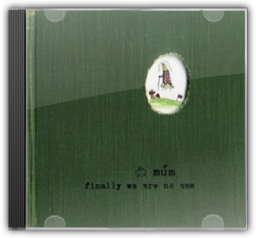
Mum Plus qu'à Björk, avec laquelle les membres de Mum partagent des origines islandaises, c'est aux groupes abrités par le label Morr et au collectif Kitchen Motors que ce groupe peut être comparé, voire, çà et là, à Sigur Ros. Emmenée par les voix angéliques des sœurs jumelles Kristin et Gylda Valdysdottir, la musique de ce quatuor est presque aussi aérienne et éthérée que celle de Robert Wyatt. Les mélodies affichent une candeur sophistiquée, ponctuée d'expérimentations électroniques servies par une science confondante des arrangements – sampleurs et ordinateurs portables répondent au xylophone dans des télescopages inédits qui mixent avec goût folk et electronica. L'ambiance, évidemment envoûtante, évoque l'idée que l'on se fait des paysages islandais, de leurs volcans et de leurs glaciers. Comme le mariage du feu et de la glace, de l'electro et de l'acoustique, du folk et de la cold wave. Un deuxième opus excellent qui prolonge dignement le précédent Yesterday Was Dramatic, Today Is OK. —Philippe Robert 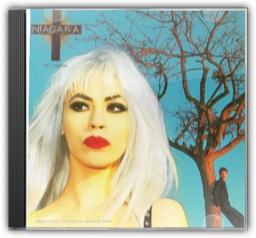
Niagara Le fil qui relie les deux premiers albums de Niagara à Religion est incontestablement l'humour, cette faculté qu'ont Moreno et Chenevez de dire les choses sans y toucher. Pour ce qui est de la musique, en revanche, ce troisième opus n'a strictement rien à voir avec Encore un dernier baiser ni Quel enfer !. Avec ses guitares aux riffs vengeurs, on peut à coup sûr parler de hard-rock, un hard-rock qui renvoyait une quinzaine d'années en arrière. Bref, Niagara a joué ici la carte de la nostalgie seventies. Certainement pas celle du glamour ! —Philippe Margotin 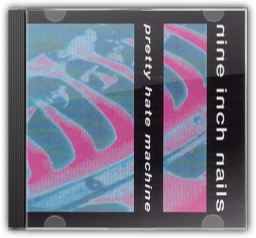
Nine Inch Nails Considered the breakthrough album that delivered a more palatable version of industrial music to the commercial audience, Pretty Hate Machine left its dingy mark on pop culture. The abrasive "sonarchy" of the album was first churned by despondent club-goers who roiled with the rhythms and aligned with the angst-ridden convictions. Since its release, the album's tempered deviations came to signify an aesthetic reverie for machine-driven martyrdom. Permeated by hissing engines and dissonant strains, the tracks cascade outside channels of modern complacency. Hits like "Head Like a Hole" and "Down in It" are recognized by the acidic beats, piercing riffs, and lyrical hostilities which snare the listener with disparaging rhapsody. Not for the light-headed, Pretty Hate Machine afflicts the inner sanctum and strikes a nerve. —Lucas Hilbert |
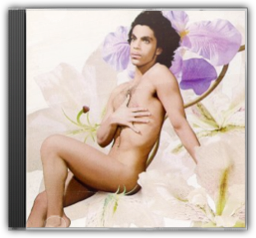
Prince No Description Available 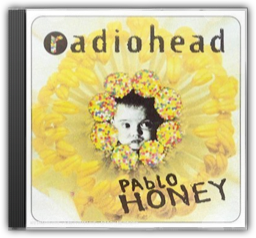
Radiohead Radiohead Photos 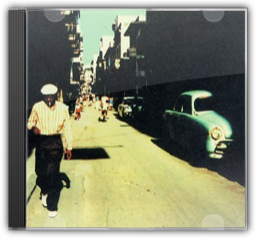
Ry Cooder/ Ibrahim Ferrar/ Ruben Gonzalez/ Compay Segundo/ Omara Portuondo \I felt like I'd trained all my life for this album. It's the peak." So says guitar master Ry Cooder about his first recording since his Grammy-winning Talking Timbuktu he teams with a galaxy of Cuba's finest musicians" 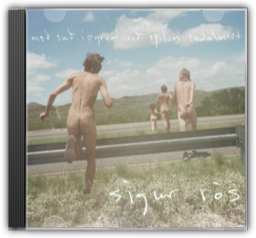
Sigur Rós—the sound of snow-capped peaks. Or winged things flocking over vast plains. Or salmon making that final courageous, muscular leap upstream, homeward bound. Ever since the BBC so aptly enlisted the help of their "Hoppipolla" single to theme their groundbreaking natural history series Planet Earth, the ever-ethereal Icelandic band have become somewhat typecast, finding themselves conducting the awe across the backdrops of nearly every other programme in that broad genre. And with that came the danger that all which followed would automatically become an instant cliche. And though their last album Takk saw a slowing of their evolution in favour of solidifying the established sound in accessible earfuls, the reassuringly unpronounceable Með Suð í Eyrum Við Spilum Endalaust (which translates as "with a buzz in our ears we play endlessly") sees enough of a stylistic twist to keep things moving, without undercutting this new approachability. Where previously they sounded untouched by human hands, all alien post-rock abstractions, they now sound much more organic, sometimes literally like men playing instruments in a room. Albeit pensively, and extraordinarily. It is a perky record, attentive and exquisite, familiar but not derivative. The rhythmically adventurous "Gobbledigook" reminds of Brooklyn experimentalists Battles, unplugged, the xylophone heavy "Inní Mér Syngur Vitleysingur" is this album’s "Hoppipolla" and "Ara Batur" is trembling, lonely and eventually triumphant. "Festival", the album’s centrepiece, melds the old and new Sigur Rós dramatically over nine majestic minutes and must number amongst the best moments of their career. —James Berry |

My Library
Collection Total:
50 Items
50 Items
Last Updated:
Jun 28, 2010
Jun 28, 2010

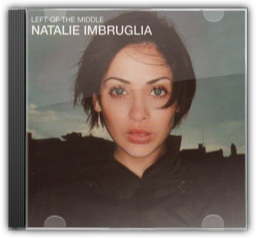
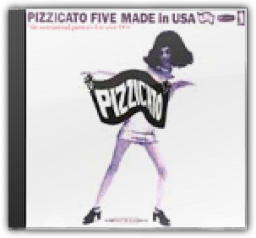
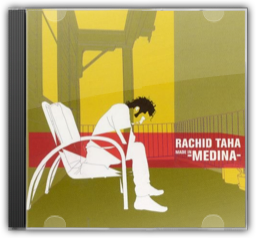
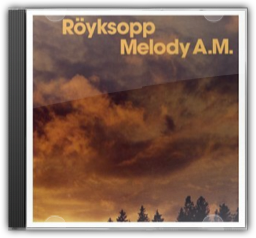
 Made with Delicious Library
Made with Delicious Library